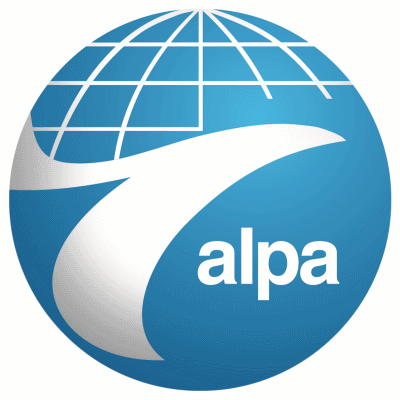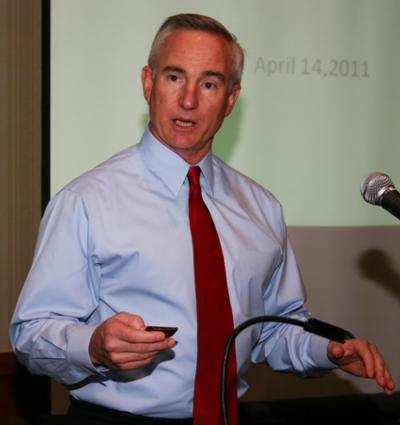Thu, Dec 11, 2014
Symposium Explores Opportunities For Aviation Growth
The Air Line Pilots Association, Int’l (ALPA) on Tuesday drew together private- and public-sector leaders to jumpstart the dialogue on how to best position the U.S. airline industry for success.

“The very nature of our business is under attack—from within and from abroad,” said ALPA president Capt. Lee Moak. “We must have a vision, a long-term plan, for how we as an industry must evolve and adapt to meet these challenges and others that we do not yet envision when they arise. We can’t simply live in the present; we must always position ourselves for future success. Right now, we are not. We must do better.”
In panel discussions throughout the day, key aviation stakeholders provided a detailed overview of challenges facing the industry and offered important solutions on topics ranging from the upcoming FAA reauthorization to evolving business models in the passenger airline industry.
Experts representing a wide range of interests expressed the critical need for stable funding to support the progress of the FAA and a collaborative approach to reauthorization that focuses attention on items most effective for moving forward. FAA Administrator Michael Huerta was also on hand to outline several priorities moving into 2015.
In a panel on foreign ownership and the current state of global competition, discussion centered on how threats by foreign governments and interests threaten to jeopardize U.S. aviation’s standing as the largest, most complex, and safest air transportation system in the world.

“We must ensure that the very laws we put in place to safeguard our industry and the jobs supporting U.S. aviation are not traded away in trade agreements or changed to favor foreign competition,” added Capt. Moak (pictured in file photo). “We must also ensure that when foreign governments fuel their airlines with billions of dollars in subsidies and other unfair government support, we have a mechanism in our agreements that allows our carriers and their workers to challenge these subsidies and ensures a level playing field for the United States.”
Debate on the safe inclusion of unmanned aircraft systems and remotely piloted aircraft into the national airspace system featured discussion on privacy concerns from the general public.
Other program highlights included the need for a collaborative approach to repositioning the regional airline model and reform to the current federal tax and fee structure that makes aviation the highest-taxed industry in the United States.
More News
Aero Linx: International Federation of Airworthiness (IFA) We aim to be the most internationally respected independent authority on the subject of Airworthiness. IFA uniquely combi>[...]
Ultrahigh Frequency (UHF) The frequency band between 300 and 3,000 MHz. The bank of radio frequencies used for military air/ground voice communications. In some instances this may >[...]
A Few Questions AND Answers To Help You Get MORE Out of ANN! 1) I forgot my password. How do I find it? 1) Easy... click here and give us your e-mail address--we'll send it to you >[...]
From 2019 (YouTube Edition): Learning To Paint Without Getting Any On Your Hands PPG's Aerospace Coatings Academy is a tool designed to teach everything one needs to know about all>[...]
Also: Sustainable Aircraft Test Put Aside, More Falcon 9 Ops, Wyoming ANG Rescue, Oreo Cookie Into Orbit Joby Aviation has reason to celebrate, recently completing its first full t>[...]
 ANN's Daily Aero-Linx (05.06.25)
ANN's Daily Aero-Linx (05.06.25) ANN's Daily Aero-Term (05.06.25): Ultrahigh Frequency (UHF)
ANN's Daily Aero-Term (05.06.25): Ultrahigh Frequency (UHF) ANN FAQ: Q&A 101
ANN FAQ: Q&A 101 Classic Aero-TV: Virtual Reality Painting--PPG Leverages Technology for Training
Classic Aero-TV: Virtual Reality Painting--PPG Leverages Technology for Training Airborne 05.02.25: Joby Crewed Milestone, Diamond Club, Canadian Pilot Insurance
Airborne 05.02.25: Joby Crewed Milestone, Diamond Club, Canadian Pilot Insurance




